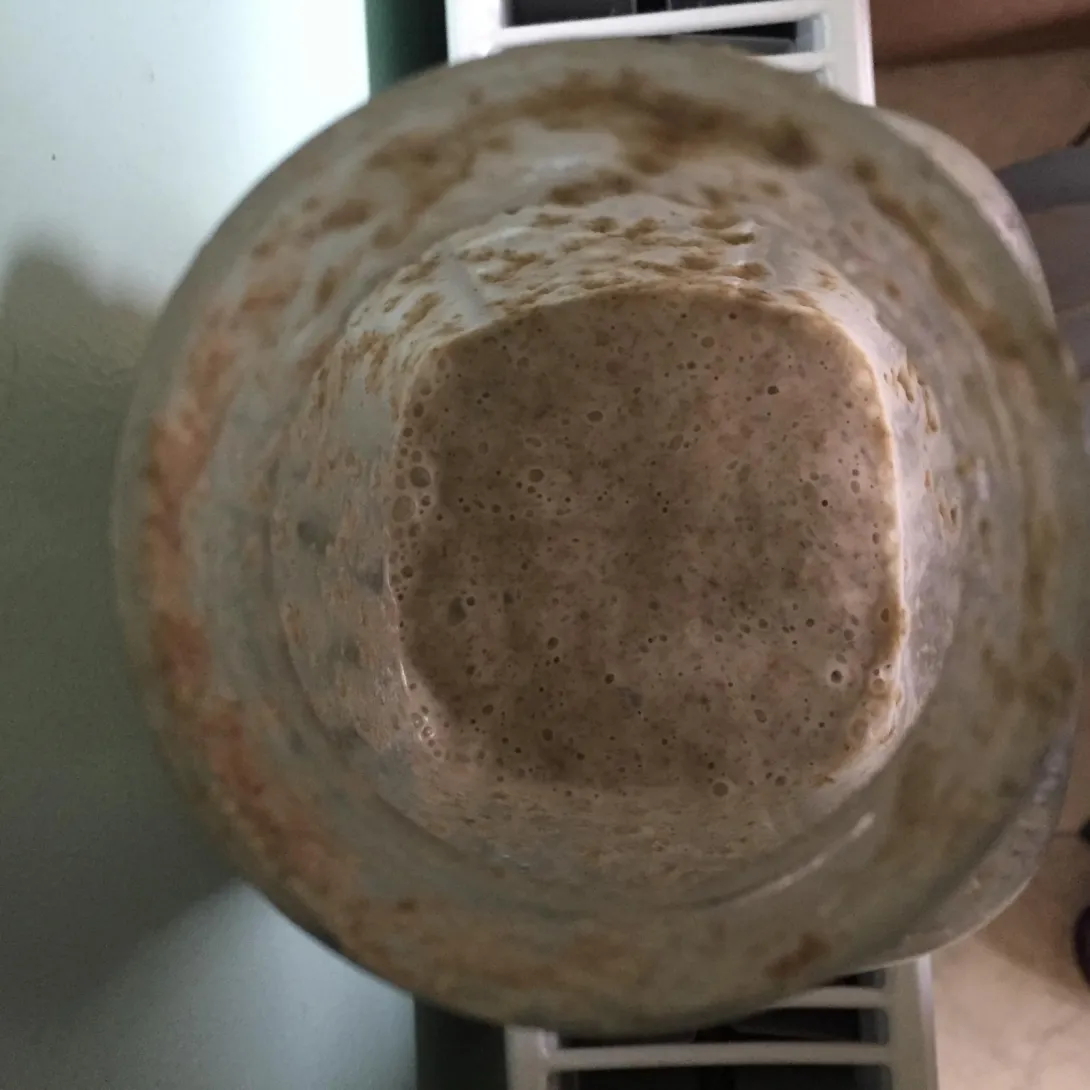
I have been baking most of my life, the quantity and variety of baking has diminished as my family grew up and I became more careful about what I was eating. I was still baking bread in my usual way, using basic bread flour and commercial yeast, with little variety in flavour, shape or style. I make preserves every year, clementine marmalade, jam from a variety of soft fruit and indulge in the baking frenzy prior to the festive season. I was however in a bit of a bread rut. I had watched the bread renaissance that was going on around me over the last ten years or so from the sidelines, barely registering the potential to develop some new skills and reinvigorate my interest in bread making and unlock the flavour that is possible with a different approach.
A friend in the USA bakes sourdough bread, he had been discussing technique and the wonderful flavour of this type of bread. We had a grand experiment. He posted me a sourdough loaf. It arrived 5 days after baking. It survived the journey and was in perfect condition. The flavour was superb having matured further over the course of the journey. I was hooked.
I had read that a Rye sourdough starter was the easiest to culture and thought that as a beginner it would be the best place to start. In the early days I was advised to use bottled spring water rather than tap water as any chlorine in the tap water would have a detrimental effect on the fermentation and the bacteria I was trying to cultivate. Once the starter was a little more mature tap water could be used.
I began with a stoneground wholemeal organic Rye flour from Dove's.
Day one - 25g of Rye flour and 50g water at approx. 37 ˚C mix by hand and pour into a glass jar. I used a mason jar with the lid loosely fitted to allow any gas build up to escape. I placed it on a block of wood on top of the kitchen radiator and left it to get on with it.
Day two - A further 25g Rye flour and 50g water at 37 ˚C was added to the jar and given a good stir. Back onto the radiator to keep it warm.
Day 3 - Adding another 25g Rye flour and 50g water at 37 ˚C and another good stir. Back onto the radiator to keep it warm. It had sprung into life!
Day 4 - Lots of activity in the starter and it smells interesting. 50g Rye flour and 50g water at 37 ˚C was added to the jar and given a good stir.
Day 5 and its ready to use.
- Sigyn's Blog
- Log in or register to post comments
that rye bread in the northern climes was made in the old days. Hammelman has a similar method he uses for his Dark Rye Pumpernickel that makes goes into the fridge overnight and into the dough on day 4 if I remember right. Her is a post of my similar journey. Enjoy the Sourdough days ahead and
Happy Baking
Old School Dark Sprouted Pumpernickel Sourdough – 2 ways
Thank you and for the link too.